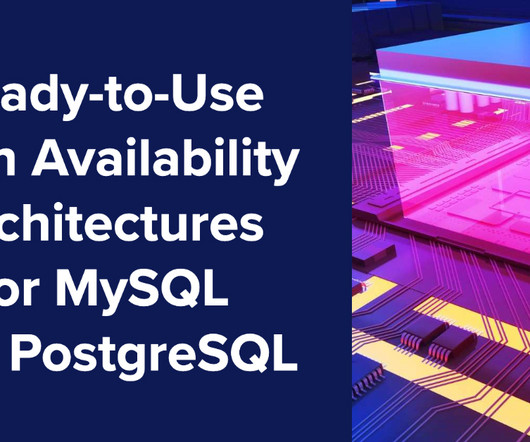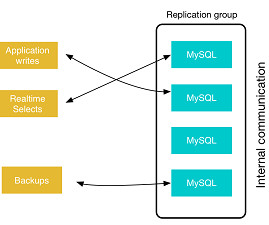Bring Your Own Cloud (BYOC) vs. Dedicated Hosting at ScaleGrid
Scalegrid
APRIL 16, 2020
Where you decide to host your cloud databases is a huge decision. But, if you’re considering leveraging a managed databases provider, you have another decision to make – are you able to host in your own cloud account or are you required to host through your managed service provider? Where to host your cloud database?




























Let's personalize your content